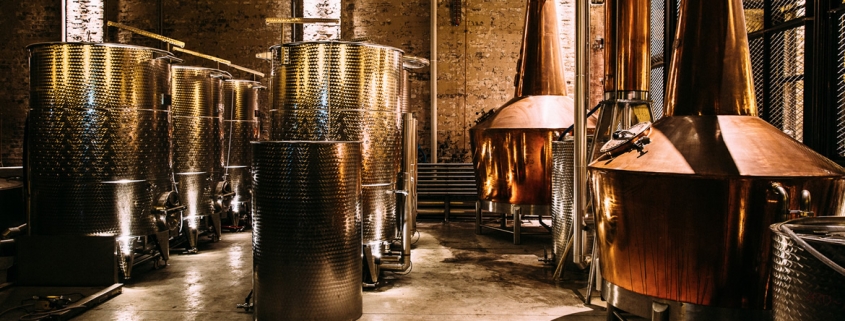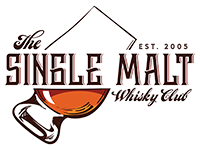Making Rum
Embark on a journey behind the scenes of rum production, where sugarcane transforms into the spirit that captivates palates worldwide. Whether you’re a curious enthusiast or aspiring home distiller, understanding the process is key to appreciating the nuances of this beloved spirit.
In this guide, we’ll delve into the essential steps of rum making, from harvesting sugarcane to bottling the final product. We’ll explore the fermentation and distillation techniques that shape its character, the art of aging that adds depth and complexity, and the blending expertise that creates unique flavour profiles.
So, roll up your sleeves and join us as we unravel the secrets of rum production, from field to glass. Whether you’re fascinated by the science, intrigued by the artistry, or simply eager to understand what goes into your favourite bottle, this guide will illuminate the path from sugarcane to the spirit that delights and inspires. Cheers to the craft of rum making!
Ingredients
The main ingredients in rum are sugar (sucrose), yeast and water. The sugar can come from a variety of sources depending on location and availability. Most commonly molasses is used, but sugar cane juice, crushed cane or even refined sugar can be used to make rum.
Other ingredients may include various spices and essences to add flavour and also caramel for colour.
Stage 1 – making the ‘Wash’
The wash is made by firstly dissolving the sugar in hot water. The sugar source is added to 50 degree water and stirred to dissolve. It is then let cool to around 26 degrees C at which point yeast is added.
Stage 2 – Fermentation
The wash is fermented for around 1-2 weeks and when ready for distillation is called ‘beer’.
Whilst this sounds simple enough, there are a few different ways this is accomplished.
The yeast itself is a variable. Most distilleries introduce a specific strain of yeast to their wash. However, some distilleries still use open-top fermentation vessels to allow ‘wild’ yeast from the air to settle into the wash.
The actual distillation process is variable as well. Foursquare Rum Distillery, for instance uses a computer –controlled gradual method of heating the wash and introducing the molasses over a 24hr period. They also use a particular yeast imported from South Africa.
Some rum producers, on the other hand use open-top fermenting which allows wild yeast to inoculate the wash.
Stage 3 – Distillation
The distillation stage aims to separate (and collect) the ethanol from the fermented beer. Essentially, the beer is heated up until the alcohol evaporates and this evaporated alcohol is collected via a condensation apparatus that cools and condenses the alcohol back into liquid which is collected.
Types of Stills
Two main types of stills are used. Firstly, the pot still. This type of still is basically a large pot which is heated to release the alcohol. Each time the still is run, it needs to be fillled with the wash (or ‘beer’ in the case of rum), run to get the alcohol, and then must be emptied of the spent wash and cleaned ready for re-use.
As per the diagram (Pot Still 1 .png) the mash (or ‘beer’) the main pot is filled with the mash (fermented molasses/sugar). Heat is applied (usually via steam or gas fired these days) and thi causes the alcohol to evaporate from out of the mash. This evaporated alcohol travels into a condenser where cold water is used to cool down the pipes that the evaporated alcohol is in until in condenses as a liquid. This liquid can be re-distilled once, or even twice more (making it triple distilled). At the end of each distillation, the remains of th mash need to mbe removed from the pot so another batch can begin IE: – this method requires distillation to be carried out in batches.The second type of still is the continuous batch column still. This allows wash to be continuously fed through the still whilst alcohol and waste are continuously removed. A much more efficient form of distillation – and mash can be run continuously through the still as alcohol and waste are continually removed as well.
The mash is fed into the first column (the ‘analyzer’ column) and steam is used to heat the mash. As the mash is heated it causes the alcohol to evaporate off. This collects in collecting plates that run all the way up the column. Each plate has a higher concentration of alcohol then the plate below it.
Alcohol is collected from one or more of the higher plates and this is then run into a second column known as the ‘rectifier’. This is where the low- %abv is concentrated through a series of condenser plates (similar to the ones in the Analyzer). Once again – steam is added to evaporate the alcohol. Each successively higher plate in the column will collect a higher and higher percentage of alcohol.
Stage 4 – Maturation
Depending on the type of rum being produced, maturation can be months or years. Normally, rum is matured in ex-bourbon casks, but other woods (such as ex-madeira) are being used more and more often these days.
During maturation, a percentage of the alcohol evaporates out of the barrel this is known as the ‘angel’s share’.
And drinking
Once the rum is deemed ready into the bottle it goes and then enjoyment follows!



